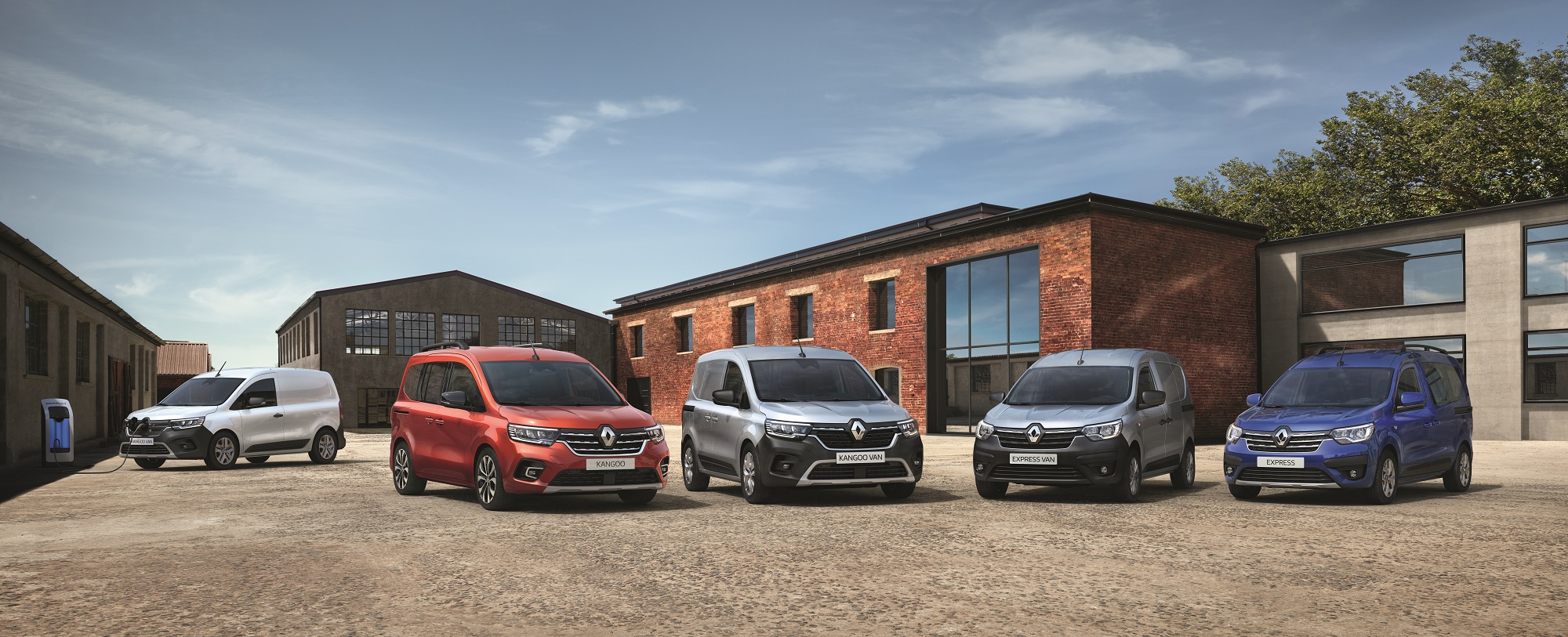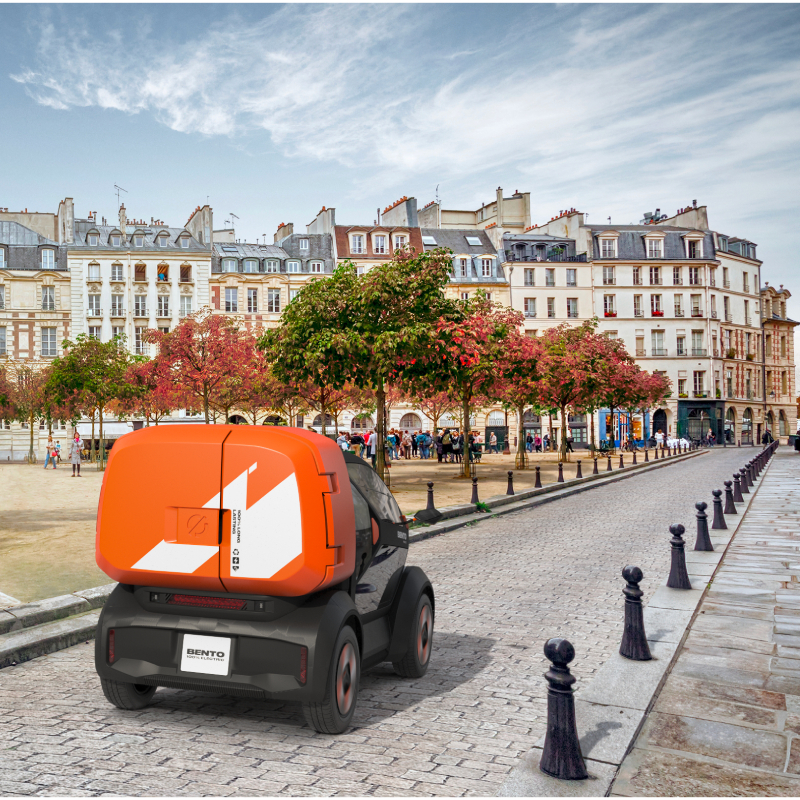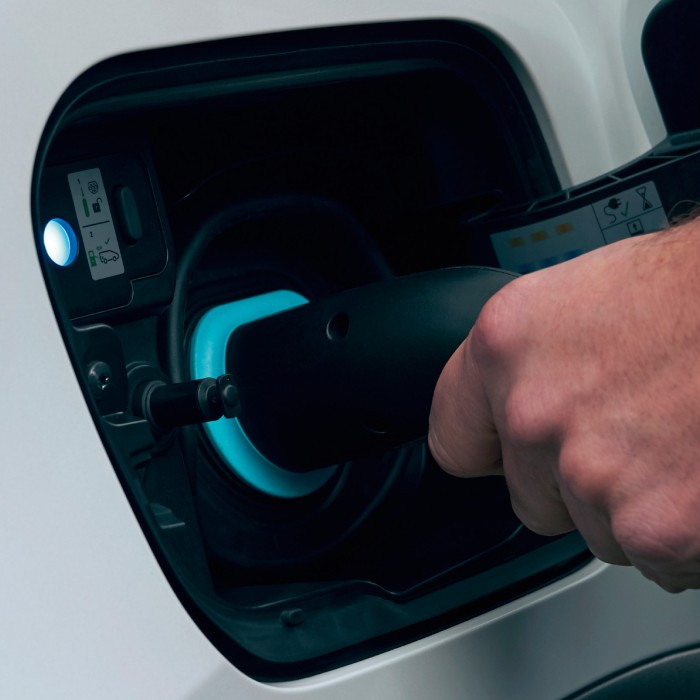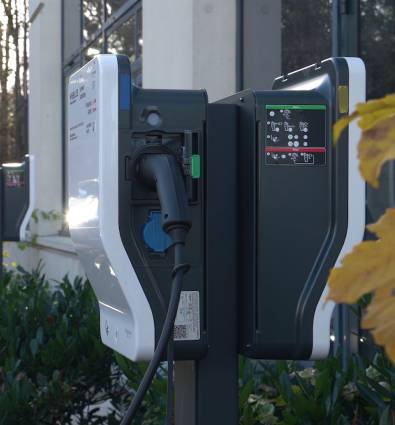-
your country
Have a specific need related to mobility?
Check out the Mobilize website that shows the offers in your country. -
explore Mobilize
Mobility seen as a set of services whose design starts with the vehicle, based on a technological platform! Find out about the mission and solutions of a new kind of brand.
read more -
mobility services
Whether you’re an individual, entrepreneur or professional in the transportation of people or goods, we develop customized services. You’ll find a solution perfectly suited to your needs.
read more -
battery recycling
What if an electric vehicle battery had multiple lives? Find out about all our initiatives for reusing batteries after their automotive life, thus helping to preserve resources and accelerate the energy transition.
read more -
#wearemobilizers
Our news, events, as well as articles, videos, infographics and podcasts decipher the major trends in mobility. Dive into a wide selection of content.
welcome aboard
1) why opt for an electric van fleet?
It’s obvious! Worldwide, a quarter of greenhouse gas emissions are attributable to transport. Road transport is not the only factor in this equation, since CO2 emissions from air and sea transport are increasing. Nevertheless, road transport still accounts for the majority.
Light commercial vehicles and trucks are responsible for over 40% of road transport CO2 emissions. On a per-vehicle basis, this represents a greater impact than that of passenger cars.
The electrification of road transport is a major lever for successfully decarbonising the sector and achieving the ambitious goal of carbon neutrality by 2050, set by the European Commission.
To achieve this, developing the possibilities for light commercial vehicles and heavy goods vehicles to recharge on tour is on the agenda. Between 2025 and 2030, charging corridors dedicated to these types of vehicles will be deployed across Europe, along major trunk roads, in accordance with the AFIR (Alternative Fuel Infrastructure Regulation) adopted by the European Union. These charging stations will have the immense merit of reassuring professionals that the switch to electric vehicles will not prevent them from continuing their business. That will create favourable conditions for the gradual decarbonisation of their fleets, including for long-distance journeys.
2) how to ensure day-to-day charging of business vehicles?
While the recharging infrastructure planned by the public authorities will play a key role in the switch to electric energy for business vehicles, on-site recharging solutions already represent the first step towards decarbonising the fleet. On a daily basis, both business and private customers recharge their vehicles wherever they are parked for the longest period of time.
Why make a diversion to the petrol station at the end of your journey, when you quite simply come back to the company car park and plug in your vehicle?
This is particularly the case for a company that operates commercial vehicles and/or heavy goods vehicles. Depending on the type of vehicle and how it is used, it may be a good idea to install AC charging points for charging at night if the vehicles do not move during this time, or DC charging points if the vehicles need to be recharged quickly between 2 journeys.
3) driving electric: an enlightened choice
The benefits of electric mobility are clear, not only in terms of the environmental issues involved, but also because of the regulatory context. The purchase of an electric vehicle is encouraged by various incentives, often financial, while regulations are increasingly restrictive for users of polluting vehicles.
When it comes to use, too, driving an electric car proves worthwhile, whether because of the difference between the cost of electricity and the cost of fossil fuels, or thanks to less onerous mechanical maintenance compared with combustion-powered cars.
In order to maximise the economic benefits of choosing electric mobility, the car manufacturer partners of Mobilize, such as Renault for light commercial vehicles and Renault Trucks for heavy goods vehicles, and of course its charging specialist subsidiary – Mobilize Power Solutions – precisely analyse the current and future needs of the company: What type of vehicles does the business require? What loading volume or payload capacity? What battery versions or options to ensure the range to match the daily distances and breaks? Are the company’s market and customers’ expectations likely to change over the next few years, potentially changing its internal organisation, geographical locations, flows, etc.?
Based on this analysis, Mobilize Power Solutions offers a selection of services and equipment so that the company can benefit, directly on its site, from the most suitable recharging infrastructure.
Number and power of charging points, location of charging points, management of charging access, as well as various specific services to facilitate and optimise usage, etc. All aspects of recharging are covered.

4) optimum investment in on-site charging for commercial vehicles
As always, the key to good management lies in upstream analysis and anticipation, to make the right choices and reduce overall investment.
“By sizing the installation of chargepoints to current needs as well as planning their future development, several cost items can be reduced.”
Irina Khodossova – President, Mobilize Power Solutions France
First of all, connection to the distribution network is an expense to be considered if the electrical power available on site is not sufficient. Analysis of the charging cycles of commercial vehicles and lorries is a key factor in optimising or even eliminating this cost item.
Secondly, civil engineering works (trenches, foundations, etc.) can be significant. To limit these costs, the locations of future terminals must be carefully considered, in particular to ensure short connection distances. Locations are also chosen to accommodate vehicle circulation, parking and manoeuvring requirements, depending on the vehicle’s size, the presence of a potential trailer, the number of vehicles to be recharged at the same time, etc. The position of the socket on the bodywork and the length of cable required also play a part in determining the precise location of the charging points. Not forgetting to include the pre-equipment for future extensions upstream, to pool costs.
Another item not to be overlooked is electrical engineering work (cables, cable trays, electrical protection), which directly depends on the charging power and the distances between the connection point and the charging infrastructure. This amount will be all the more limited if the other items are calibrated to just what is needed.
Finally, investment in equipment should also be considered: charging points, but also electrical cabinets and even transformer substations. In this area, beware of preconceived ideas! A heavy goods vehicle does not necessarily need a high-power charging point. What’s needed is the right power for the job. For example, household waste skips usually make rounds of around 150 km a day and then remain parked for 8 to 10 consecutive hours. So 22 kW charging stations are perfectly adequate.
Savings are then substantial: the investment budget for a 22kW AC charging point is 10 times lower than that for a 150kW DC charging point, mainly because of the equipment cost.
On the other hand, if logistics flows require several vehicles in rotation and short recharging cycles, high-power recharging infrastructures (from 100 to 350 kW) are preferable. To reduce and smooth out the bill, financial aid from the public authorities is supplemented by Mobilize Power Solutions’ financing solutions, such as leasing or financial rental.
5) operating costs and energy budget under control
The mission of Mobilize Power Solutions’ experts doesn’t stop once the charging stations have been installed. They work with the company to control operating and maintenance expenses. These costs are optimised as soon as several vehicles can take it in turns to use the same charging point. A terminal may even become a source of income, if the professional who owns it provides access to a third party in return for a fee. The more chargepoints are accessible to a large number of vehicles, the more the ecosystem in which the company operates becomes electrified, encouraging synergies.
What about the electricity costs? Site managers have various ways of controlling their energy budget. Mobilize Powers Solutions analyses the actual energy consumption on the site (subscribed power, electricity consumption profile and observed peaks), estimates the energy requirements arising from the trucks’ and commercial vehicles’ operating needs, and proposes optimised technical solutions that can incorporate dynamic energy management and even the production of local renewable energy.
In short, the switch to electric light commercial vehicles and heavy goods vehicles makes sense from both an environmental and an economic point of view, and the issue of recharging is central to this. That’s why Mobilize Power Solutions is working with professionals, throughout Europe, taking a 360° view of their operational, financial and energy challenges.



